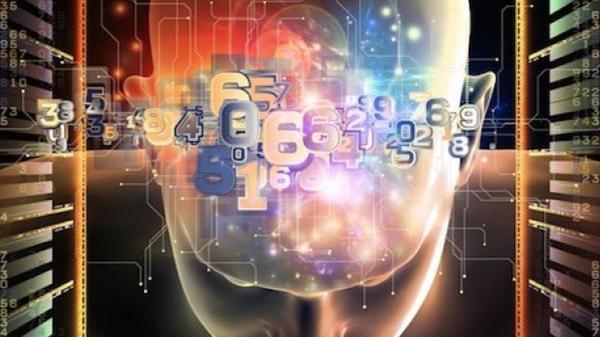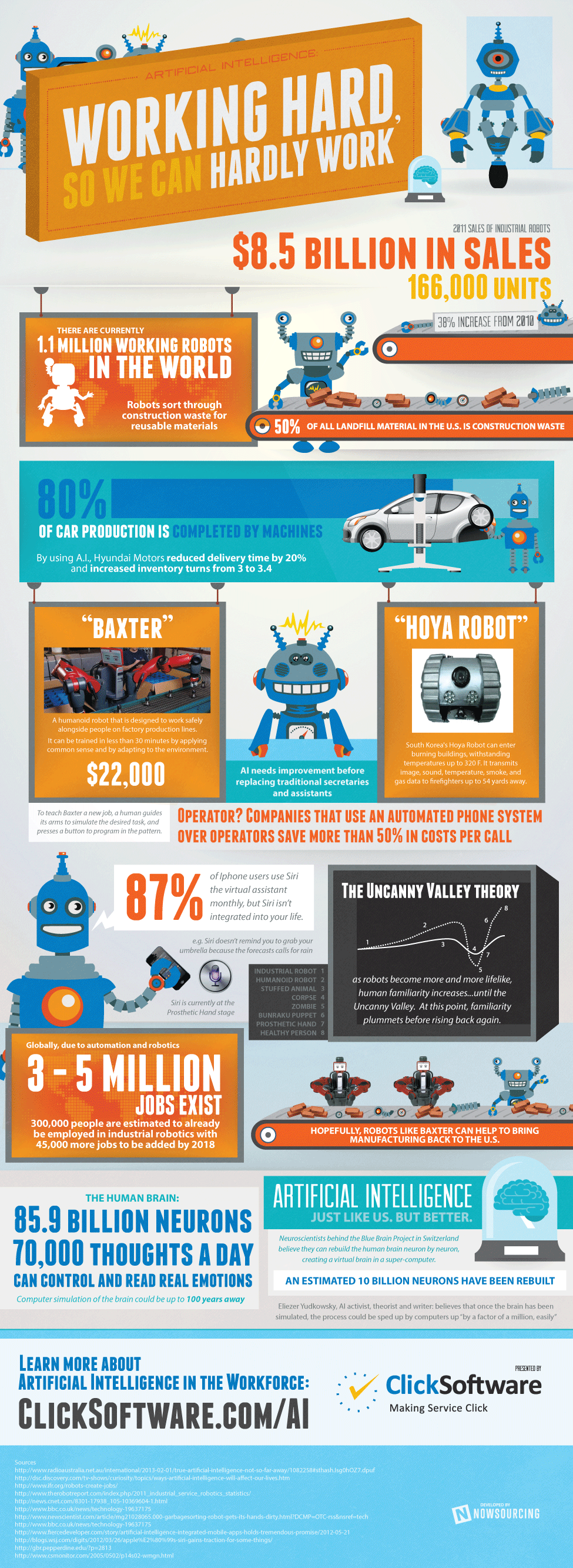Artificial intelligence – working hard, so we can hardly work
In 2011, robot sales hit about 160,000 units, translating to $8.5 billion in sales—this was by far the highest level recorded for any single year. Employment isn’t for humans only—there are currently 1.1 million working robots in the world. Today, robots sort through construction waste for reusable materials, and the even play a major role in automobile production. In fact, 80 percent of car production is completed by machines. By using artificial intelligence, Hyundai Motors reduced delivery time by 20 percent and increased inventory turns from 3 to 3.4.
“Baxter” is a humanoid robot that is designed to work safely alongside people on factory production lines. Incredibly enough, Baxter can be trained in less than 30 minutes by applying common sense and by adapting to the environment. The robots of today can even save lives. South Korea’s “Hoya Robot” can enter burning buildings, withstanding temperatures of up to 320 F. It transmits image, sound, temperature, smoke, and gas data to firefighters up to 54 yards away.
Robotics is a major industry that is already boosting job creation. Globally, due to automation and robotics, 3-5 million jobs exist. 300,00 people are estimated to already be employed in industrial robotics, with 45,000 more jobs expected to be added by 2018. Computer simulation of the brain, however, may be at least 100 years away. After all, the human brain does have 85.9 billion neurons and processes 70,000 thoughts a day.
To learn more about the amazing advancements in artificial intelligence, check out the infographic below by ClickSoftware.



